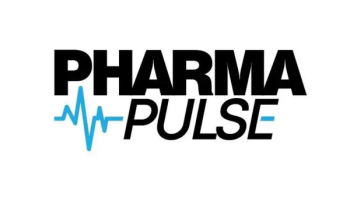Delivering High-Quality Cancer Care: Charting a New Course for a System in Crisis, just published by the National Academy Press in conjunction with the Institute of Medicine (IOM), returns the Institute to a topic it addressed previously (most recently in 2009). While there has been progress to report, the study’s authors—mostly researchers associated with academic research centers, led by Dr. Patricia Ganz of UCLA—conclude that quality of care is very uneven, and that treatment decisions are not based on the latest scientific research. Both criticisms are important because the cancer patient population is projected to rise from 14 million today to over 18 million by 2020, and the cost of care has been on a steep curve, going from $72 billion in 2004 to $125 billion in 2010, and is projected to rise to as much as $173 billion in 2020—faster than the usually elevating cost of healthcare overall. A critical gap in care occurs because, while the elderly make up a growing proportion of cancer patients, most clinical studies do not target them.
For the biopharma industry (whose input into this report is notably absent), there are two significant findings: because of the gap in elderly-specific research, the study committee recommends consideration of providing extended patent exclusivity to manufacturers who sponsor studies targeting the elderly (similar to the incentive currently available for pediatric treatment research); and that clinical practice guidelines (CPGs) or “pathways” for clinical care are much weaker than commonly understood. IOM had previously developed a set of standards for “trustworthiness” of CPGs. Arguably, the National Comprehensive Cancer Care Network (NCCN) guidelines are the best known CPGs, but others have been developed by government or industry groups, including the distribution/treatment consortia run by major wholesalers. According to research cited by the committee, none of 168 CPGs reviewed met all standards, and the average was 2.8 out of eight criteria evaluated. The study committee recommends building on the current evolution of electronic health records systems to create a “learning health care IT system” that would generate care data based on the latest research and outcomes.






